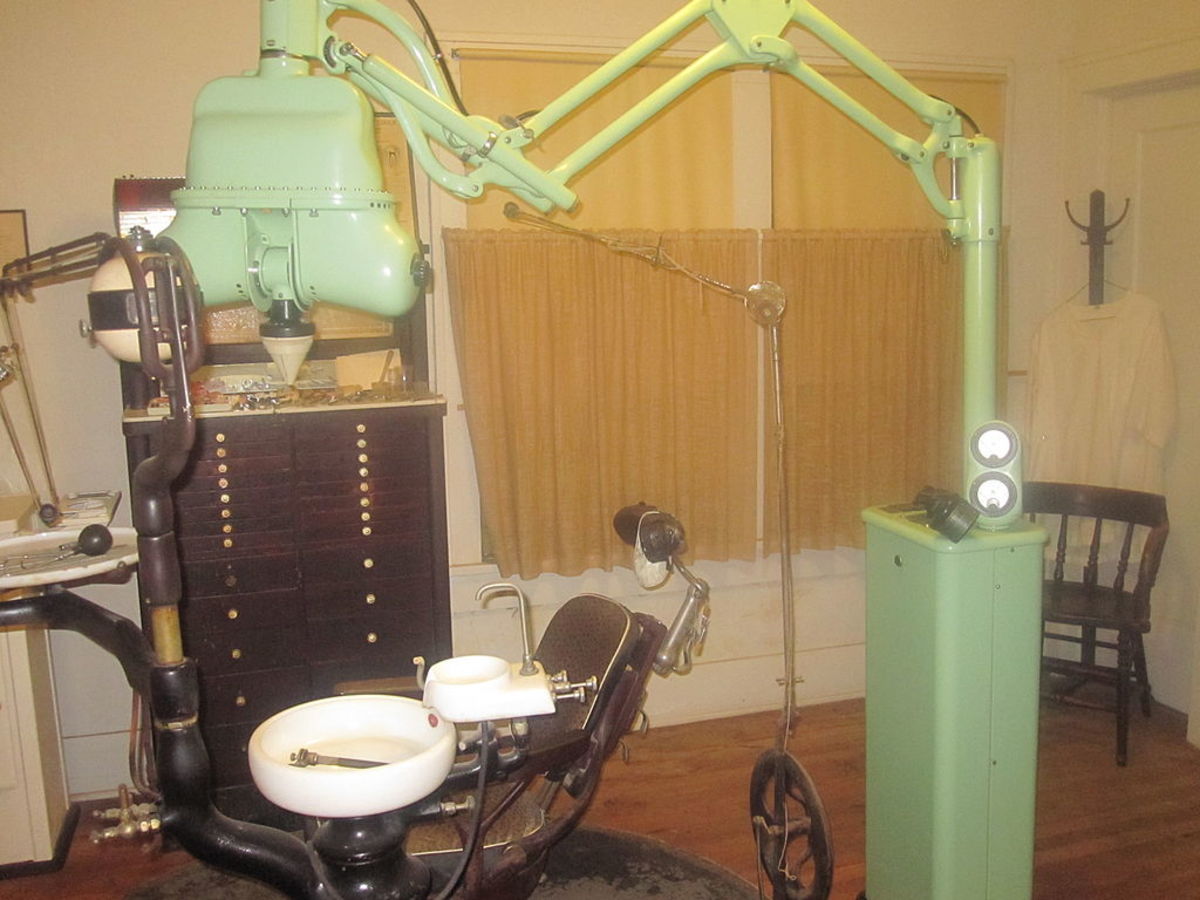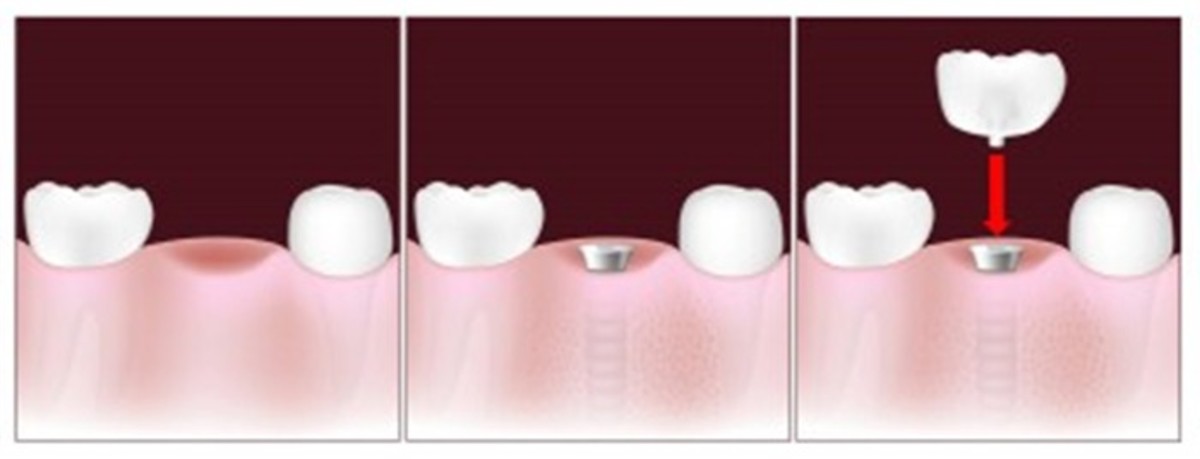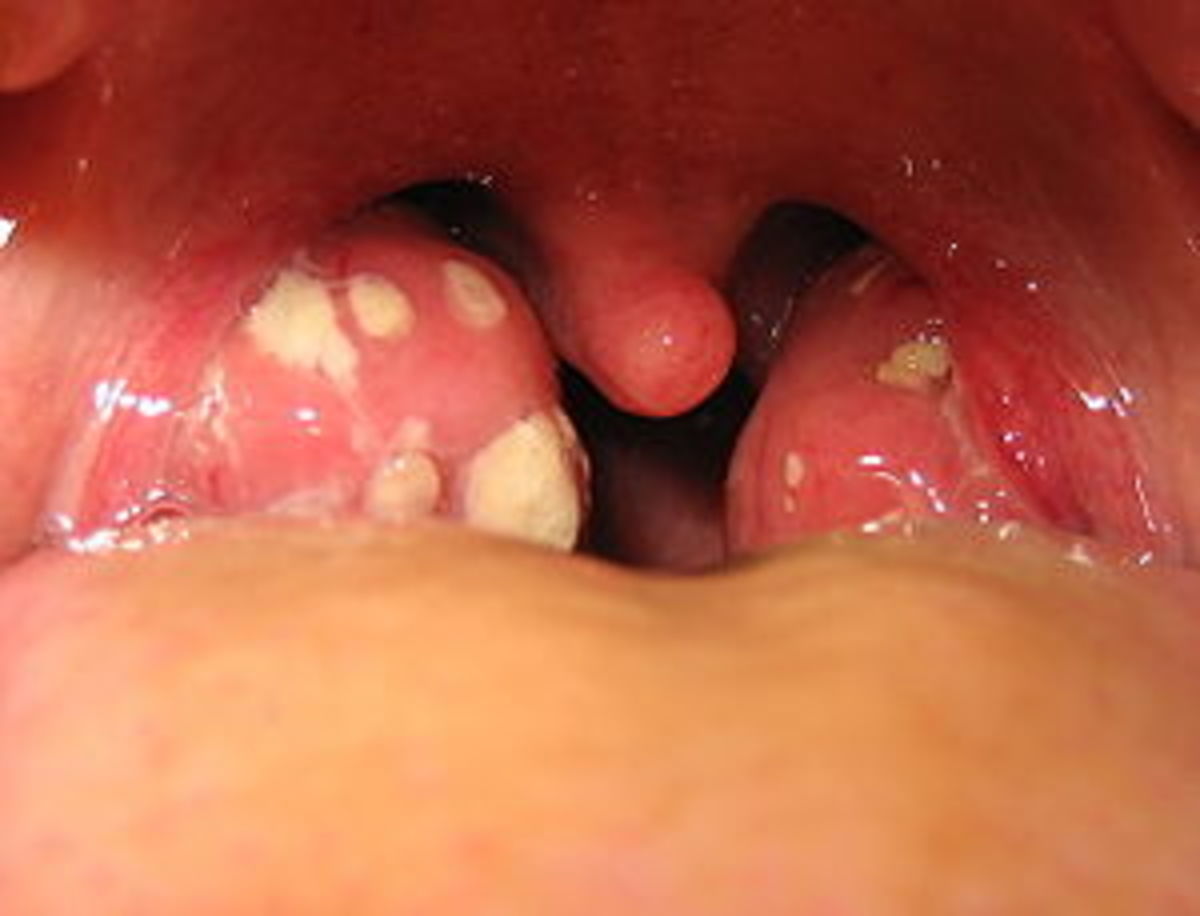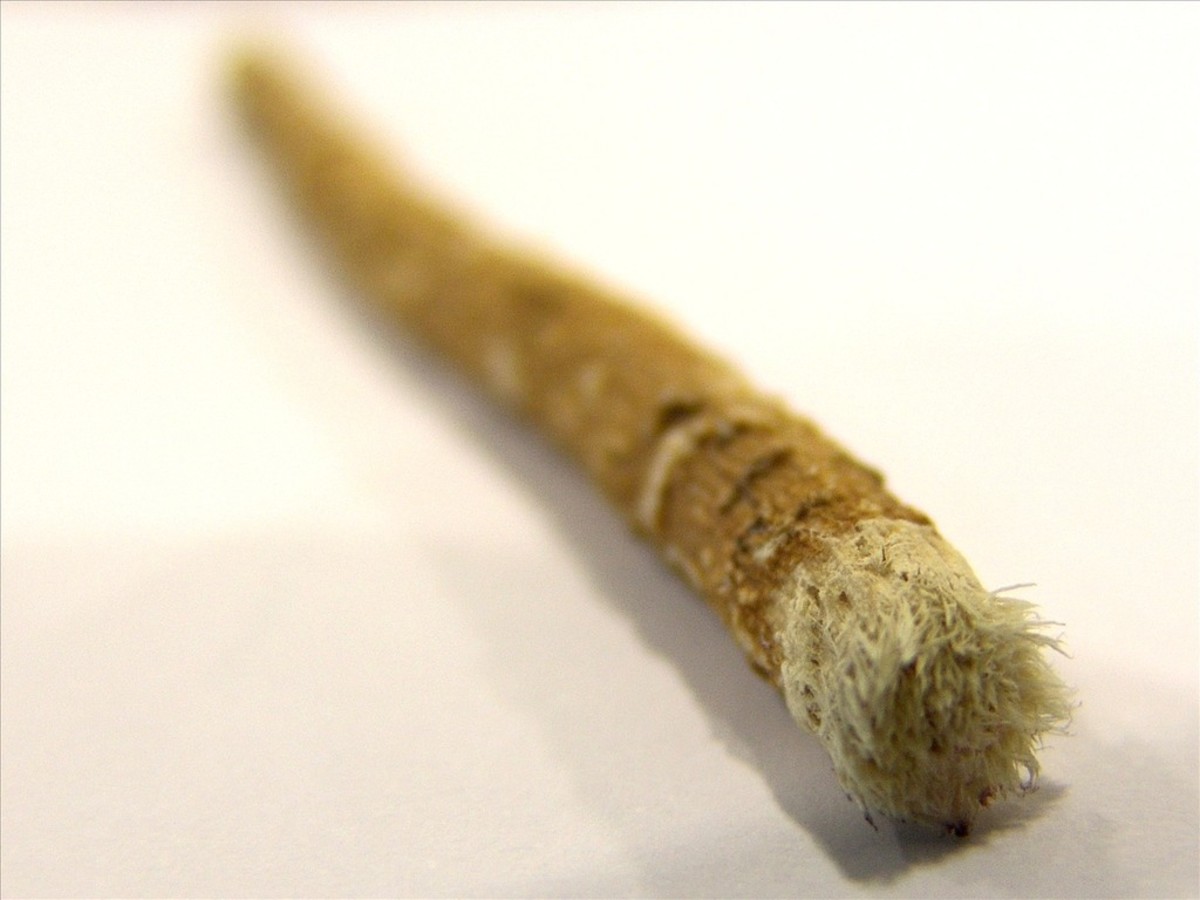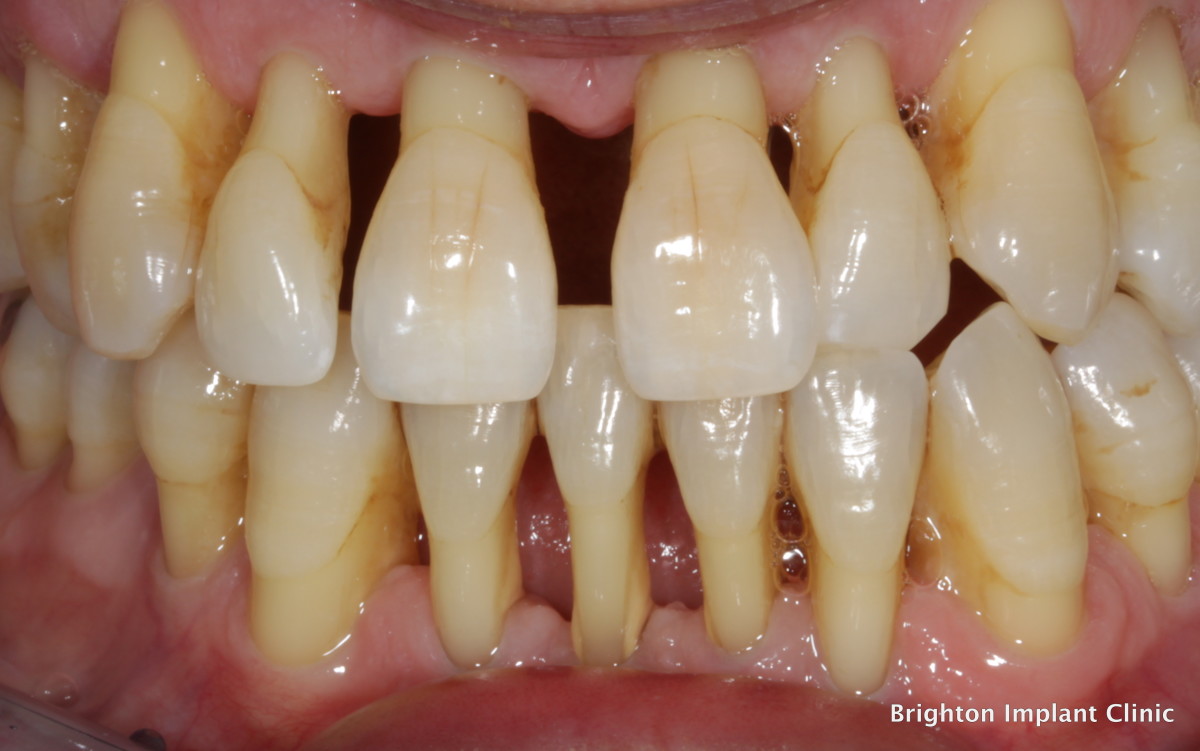History of Pain Free Dentistry
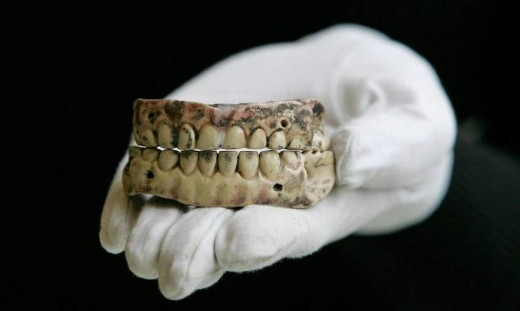
Nice teeth, I'll take them
When a rich or powerful person fancied the look of a peasant’s teeth, he might have had them pulled out and dentures made from them. Peasants often had far better, much stronger teeth because they didn't have the luxury foods that were the main cause of tooth rot.
It might sound far fetched but transplanting teeth from human donors did indeed take place right up to the 19th century. If the donor was a alive at the time of extraction, there was no pain relief.
Dentures were actually made out of the teeth of dead soldiers before the mid-1800s .
Ancient Italians known as Etruscans were recorded to be developing gold crowns and bridges. The good old barber-dentists started to spring up around 1100 and plied their trade filing teeth, undertaking extractions, and whitening teeth by coating them with acid, no anesthetic and no leather belt to bite on as the mouth needed to be open. It was as painful as it gets!
The Georgians
By the late 1700s Josiah Wedgwood had mastered the art of porcelain veneers, not for dentistry but to decorate his fine wares, tableware and plaques ornamented with white relief portraits or Greek Classical scenes, now famous in Wedgwood designs.
It is no coincidence that porcelain dentures were also being developed, forming the very foundations for some dental restoration techniques that are still used today, these include crowns, bridges, and of course dental veneers.
In 1760, an Englishman named John Baker emigrated from England to set up a dental practice in America, he was the earliest medically-trained dentist to practice in the USA..
Even Paul Revere, famed for his midnight ride, warning the people of Boston that ‘The British were coming’ - placed advertisements in his local Boston newspaper offering dental services, not a qualified dentist by any means but saw the opportunity.
Paul Revere's Dental Ttools
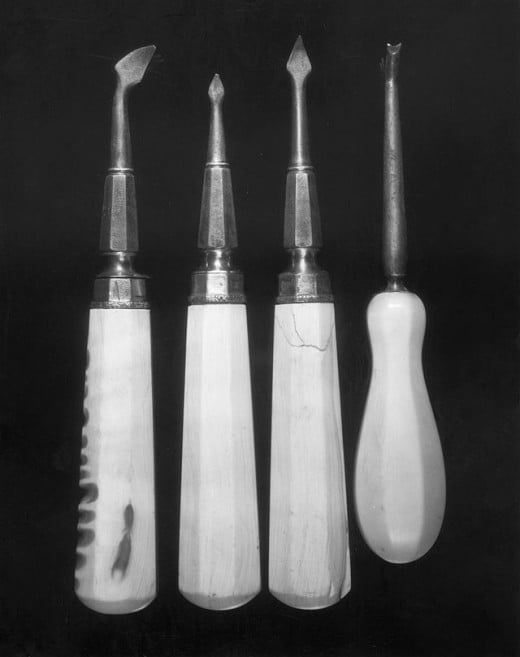
Books on Cosmetic Dentistry

The Victorians
Into the rign of Queen Victoria, dental procedures had gone a long way since the days of implanting teeth from other humans but is pain free dentistry really a new dental service?
Actually, reducing or indeed totally eliminating pain and fear of medical or dental care isn’t as new as we think it might be.
In 1846 a dentist named William T.G. Morton invited many highly regarded physicians as well as students to an amphitheatre at Harvard University and administered ether to a patient. Whilst the audience carefully watched, Surgeon John Warren, M.D., then proceeded to perform painless surgery upon the patient. He then proudly proclaimed “Gentlemen, this is no humbug," and that event was the launch of the use of anaesthetics in surgery.
The Wild West Needed Dentits
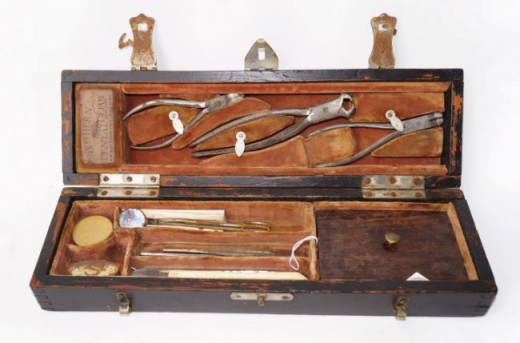
Dentists in Wild West
John Henry "Doc" Holliday (August 14, 1851 – November 8, 1887) was probably more famous as an American gambler and gunfighter than he was as a dentist in the American Old West. Famous for his friendship with Wyatt Earp and notorious involvement in the Gunfight at the O.K. Corral.
Unlike many dentists of the time Doc Halliday actually studied and earned a dental. degree from the Pennsylvania College of Dental Surgery.
He started his dental practice in Atlanta, Georgia. Things were looking good for the young ambitious dentist but In 1873 he was diagnosed with tuberculosis. It had already killed his mother so he chose to move into warmer parts. He headed off to settle in to the American Southwest hoping that the warm climate would prolong his life.
The lure of gambling attracted him as a profession, gunfights always followed gamblers and he soon acquired the reputation as a deadly gunman.
Soon he was to meet and become a very good friend of Wyatt Earp and his brothers. 1880 saw his move to Tombstone, Arizona where he participated with the Earps in the famous Gunfight at the O.K. Corral.
Hollywood Smiles
The next big leap in cosmetic dentistry was the introduction of the ‘Hollywood smile’ and this came about at the height of the Silver Screen fame and glamour. Hollywood stars such as Rudolph Valentino, Lon Chaney, Charlie Chaplin and countless others became aware of the importance of cosmetic dental treatments due to the advent of the “talkies.”
Their teeth and famous smiles were to be immortalised on film and those Hollywood stars’ rotten, broken, or missing teeth could cost them dearly in lack of work if they didn’t get them fixed. Make up was already a massive industry and movie stars needed a fast solution to cosmetic dentistry.
Enter Charles Pincus, a dentist that invented a tooth-shaped porcelain device enabling glue to be applied directly over the surface of the teeth. Not quite achieving permanent results, but they did however initiate the possibilities of dental veneers in the future.
As much as Pincus’ invention was ground-breaking and had the ability to alter the shape, colour, and appearance of teeth, they were never intended to last a long time. Perhaps the short life was a marketing ploy to increase revenue?, however, the demand was great amongst the Hollywood set and the ‘Hollywood Smile’ was invented.
Invisible Dental Braces

Hollywood Smiles
Permanent Veneers
It would be another fifty years for veneers to really gain widespread popularity due to a discovery that scoring the porcelain of the veneers and then using resin cement to create a strong permanent adhesion between the veneer and the tooth.
The next three decades have seen many advancements in cosmetic dentistry from invisible braces to implants fitted in just one day.
Enter lumineers
Today, we have so many new words that revolve around cosmetic dentistry; implants, veneers, crowns, inlays and lumineers.
To many, dental X-Rays are new, futuristic things, the reality is, they are old fashioned.
There is now an imaging system that allows digitally mastered photos of teeth and gums in 3D so that complete cosmetic dentistry can be created with absolute precision. Basically a photograph is taken of your mouth and teeth with a special 3D camera and the image is then made available on a computer that can be rotated and viewed in every possible angle.
Veneers are no longer restricted to porcelain, composite materials for dental veneers offer a more flexible approach and can be made in the clinic whereas porcelain veneers tend to created in a dental laboratory.
They are not just masks to cover stained teeth, they can address many dental issues, whether they be chipped teeth, grooves, gaps and even overcrowding. .
In simple terms the tooth or teeth are prepared, as it would be fundamentally wrong to cover a bad tooth and the veneers which are just 1mm thin are then applied. The dental patient receives a fantastic bright natural smile with a flawless appearance.
Pain Free Dentistry
By it’s very nature dentistry has accrued a lot of very cautious people, either through bad experience at a previous dentist or through horror stories, even the sound of the drill is enough to scare some patients.
Nowadays dental practices operate very advance techniques and bound by legislation, duty of care and the fact that happy customers are repeat customers – believe it or not dental practices have improved so much that patients actually look forward to their dental appointments. .
When I embarked upon the research for this article I discovered an extremely modern dental clinic in Golders Green, North London who stands proud as being a ‘Pain Free’ dental practice.
Now, I’m one of those that is scared of dentists and only succumb to making an appointment when the pain is absolutely unbearable – ring any bells?
Golders Green
Lotus Clinic, 943 Finchley Road, London NW11 7PE. Tel:020 8201 8080 www.north-london-pain-free-dentists.co.uk
How has Pain Free Dentistry Developed
The claim of ‘pain free’ dentistry intrigued me, I accept the fact that if you go regularly to the dentist then by pure regular maintenance, a little work often, could well be pain free. My thoughts were when someone has crooked teeth or teeth missing and the injections, drilling etc that are associated with these types of dental procedures.
Within the Golders Green dentist’s pain free treatments there are a few different types . The first is ‘Dental Sedation’ the patient is conscious, but in a twilight world, not fully awake and not totally asleep. They can respond to the dentist yet feel no pain.
The second is WaterLase, a dental laser where the dentist uses minimal and in many cases no anaesthetic or drilling to perform the many and various routine dental procedures. The WaterLase treatment uses a combination of water, air and laser energy jetted safely in the patient’s mouth. It works on the basis that human teeth are made up partially of water. When the laser makes contact with the tooth it creates a reaction that excites the water molecules in the tooth enabling the laser to cut through it. The laser simultaneously sprays out water which keeps the tooth hydrated and cool.
The real benefits with WaterLase patients don’t have to be concerned about pain and multiple appointments because the dentist can undertake the complete procedure all at the same time. No need for an injection to fill a cavity, the dentist can do multiple simple procedures in one appointment.
The next tool in the pain free dentistry toolbox is DIAGNOdent® allowing the dentist to find cavities on the chewing surfaces of back teeth that were not detected by conventional methods. Apart from being pain-free it helps stop cavities in their very early stages
Pain Free Dentistry Today
So, where is pain free dentistry today?
The dim and distant past is long gone. The days of holding dental patients hostage because they were in extreme pain has gone too.
The whole business of dentistry is about winning the reputation of being a professional caring practice, one that attracts patients because of that reputation and patients want to keep coming back. It makes sense to look after patients, provide a pain free service at affordable rates.
The two biggest fears of dentists is pain and paying – those dentists that invest in their practice to cover those two fears will certainly be successful dental practices.



